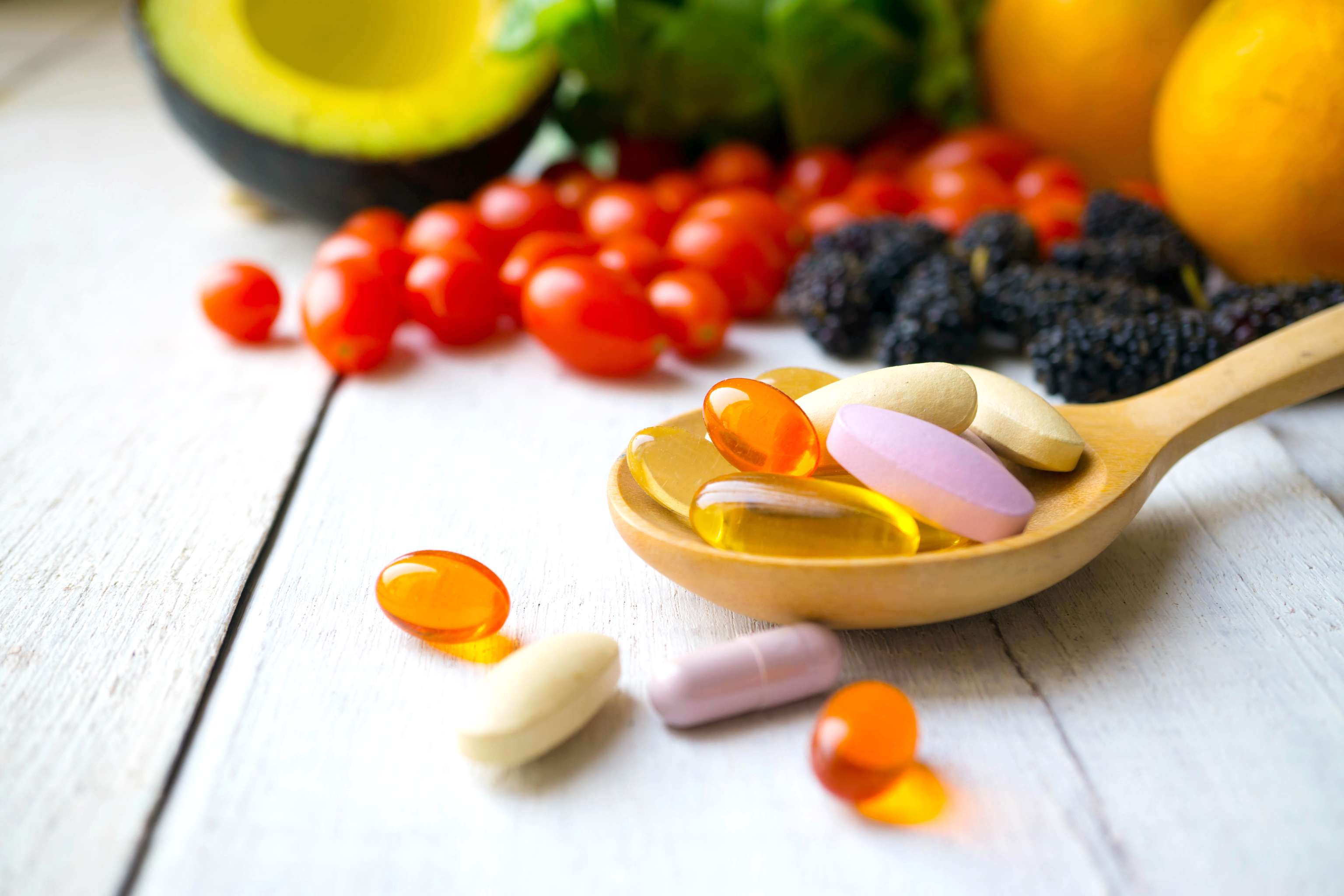Does a vitamin A-rich diet protect against skin cancer?

Skin cancer in general:
There is a basic distinction between two types of skin cancer - black and light skin cancer, with "black skin cancer" being referred to as malignant melanoma. This type originates from pigment-forming skin cells or the mucosa (i.e. melanocytes). "Light skin cancer" can be divided into two groups:
- Basal cell carcinoma or basal cell carcinoma - small veins and shiny surface.
- Squamous cell carcinoma or spinalioma - rough, partly scaly surface.
Most skin cancers are diagnosed between the ages of 75 and 79 - around 840 out of 100,000 people develop malignant melanoma each year. Between the ages of 20 and 24, 41 out of 100,000 people are diagnosed with the malignant carcinoma.
Vitamin A in cancer research:
Vitamin A is a name for a large number of related compounds, which are also known as retinoids. These include retinol, retina or retinal, and retinoic acid. Vitamin A is divided into two groups depending on the food source (animal or plant). From animal foods, retinol is a yellow, fat-soluble compound that is the precursor to the most active form of vitamin A used in the human body. Vitamin A from plant foods such as fruits and vegetables is called provitamin A carotenoid. These include the well-known beta-carotenes and alpha-carotenes, which can be converted to retinol in the body. Retinol (and its derivatives) are known to promote the growth and maintenance of normal skin surface (i.e. epithelial) cells. Furthermore, retinoids can reduce cell growth and block malignant cell transformation. According to studies, retinoids are among chemo-preventive agents against cancer sites such as head, neck, breast and liver. Based on several studies of the anticancer effects of carotenoids, there is a possible link between retinol and its derived substances and chemoprevention.
However, such synthetically produced retinoids as acitretin are not without side effects, which is why a team of researchers from Brown University in the USA used two prospective observational studies to investigate whether retinoids found in natural foods also have a protective effect against skin cancer.
In the so-called Nurses Health Study, 75,170 female participants from Europe completed questionnaires on dietary habits. 2,222 from this cohort developed spinalioma, the second most common form of skin cancer. In the Health Professionals Follow-Up Study, of the 48,400 men analyzed, 1,756 developed skin cancer over 28 years.
Vitamin A and carotenoid intake:
The cohort study, published in 2019 in the medical journal JAMA Dermatology, used self-administered questionnaires by participants to analyze vitamin A and carotenoid intake and risk of spinalioma, which were followed up every two years. The follow-up rate was on average over 90%.
The questionnaire included dietary information collected from approximately 130 foods since 1984 in the National Health Service (i.e., government health system in the United Kingdom). Study participants were asked how often, on average, they consumed a given amount of each food in the previous year. There were 9 possible responses between never or less than once a month or 6 and several times a day. Food intake was calculated by the frequency of consumption of each food and its nutrient content - which was drawn from Harvard University food composition databases.
Significant results:
Higher total vitamin A content was associated with a reduced risk of spinalioma skin cancer. Study participants were divided into five equal groups. Compared to the first fifth with the lowest vitamin intake, participants in the other groups with more vitamin A were 3 to 17% less likely to develop spinalioma.
Retinoids from animal foods achieved the best results - and thus the best protective effect - in the evaluation. In second place were the so-called beta-cryptoxanthins, lycopene and lutein and zeaxanthin. Beta-cryptoxanthins are commonly found in oranges, but also in other fruits and vegetables. Lycopene is found in tomatoes and lutein is found in dark leafy vegetables. With the help of zeaxanthin, corn kernels get their yellowish discoloration. Beta-carotene intake was not associated with a reduced risk of skin cancer in this analysis. In general, the results showed consistency by gender and other skin cancer risk factors.
Conclusion:
The study analysis indicates that increased dietary intake of vitamin A may be associated with a reduced risk of spinalioma incidence. Because the study cannot demonstrate a clear protective effect, future studies are needed to determine whether vitamin A intake could play a significant role in chemoprevention of skin cancer.
Active ingredients:
Sources
- Kim J, Park MK, Li W, Qureshi AA, Cho E. Association of Vitamin A Intake With Cutaneous Squamous Cell Carcinoma Risk in the United States. JAMA Dermatol. 2019;155(11):1260–1268. doi:10.1001/jamadermatol.2019.1937
- Vitamin A-reiche Ernährung könnte vor Hautkrebs schützen (Ärzteblatt)
- Hautkrebs: Wie hoch ist das Risiko? (Techniker Krankenkasse)
- Hautkrebs (Krebsgesellschaft)
- Malignes Melanom: schwarzer Hautkrebs (Krebsgesellschaft)

Danilo Glisic
Last updated on 19.07.2021
Your personal medication assistant
Browse our extensive database of medications from A-Z, including effects, side effects, and dosage.
All active ingredients with their effects, applications, and side effects, as well as the medications they are contained in.
Symptoms, causes, and treatments for common diseases and injuries.
The presented content does not replace the original package insert of the medication, especially regarding the dosage and effects of individual products. We cannot assume liability for the accuracy of the data, as the data has been partially converted automatically. Always consult a doctor for diagnoses and other health-related questions.
© medikamio